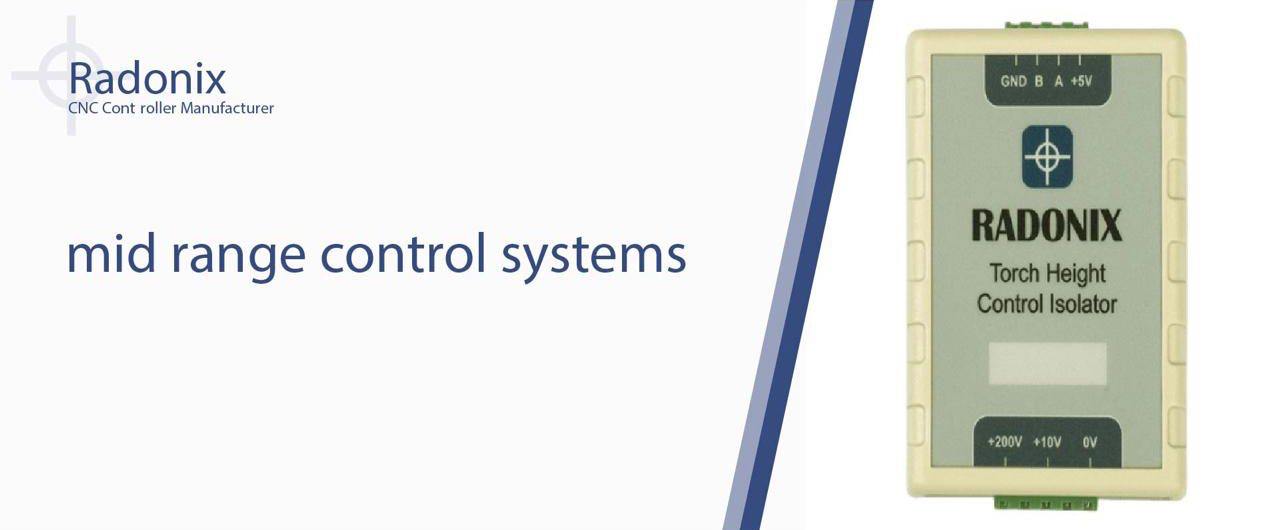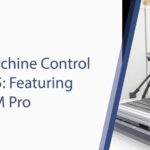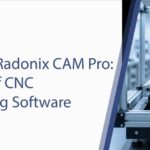In the intricate world of industrial automation, finding the right control solution is a critical decision that can define the efficiency, scalability, and profitability of an entire operation.
Businesses often find themselves at a crossroads: they’ve outgrown basic micro-controllers but don’t need the immense scale and cost of a full-fledged Distributed Control System (DCS).
This crucial middle ground is where mid-range control systems shine, offering a powerful, flexible, and cost-effective solution that is perfectly suited for a vast range of applications.
They represent the sweet spot of modern automation, providing the advanced features and reliability of high-end systems without the corresponding complexity and expense.
This article will serve as your comprehensive guide to understanding mid-range control systems.
We will define what they are, break down their core components, explore their strategic advantages, and demonstrate why they are the smart, strategic choice for a wide range of industries today.
By the end, you’ll have a clear understanding of how these systems can help you achieve operational excellence, improve productivity, and build a more resilient and future-proof automation infrastructure.
Understanding Mid-Range Control Systems: The Perfect Balance
A mid-range control system is not a single product but a strategic category of automation solutions that fills the gap between low-end, fixed-function controllers and large, plant-wide DCS.
They are designed for applications that require more processing power, communication capabilities, and I/O capacity than a basic PLC can offer, but do not warrant the significant investment and complexity of a DCS.
The defining characteristics of these systems include:
- Scalability: They are designed with a modular architecture, allowing you to easily add or remove hardware modules to expand your system as your operational needs grow. This “pay-as-you-grow” model prevents you from over-investing in capacity you don’t yet need.
- Enhanced Functionality: Unlike basic controllers, mid-range control systems often feature advanced capabilities, such as integrated safety functions, built-in motion control, and sophisticated diagnostics. This allows them to handle more complex and demanding tasks with ease.
- Robust Connectivity: These systems are built for a connected world. They support a wide array of communication protocols (e.g., Ethernet/IP, Profinet, Modbus) to seamlessly integrate with other devices, networks, and enterprise-level software.
- Cost-Effectiveness: By providing a powerful feature set at a lower price point than a DCS, mid-range control systems offer a superior return on investment (ROI) for applications in discrete manufacturing, process control, and building automation.
The Core Components of a Mid-Range Control System
A typical mid-range control system is a collaborative ecosystem of hardware and software components working in harmony.
Programmable Logic Controller (PLC)
The PLC serves as the brain of the system. In the mid-range category, these PLCs are a significant step up from their microcontroller counterparts. They are capable of executing complex control logic, managing vast amounts of I/O, and handling high-speed data processing. Key features include:
- Modular I/O: The ability to add specific input and output cards as needed (digital, analog, temperature, etc.) to match the requirements of the application.
- Advanced Programming: Support for multiple programming languages (e.g., Ladder Logic, Structured Text) and powerful software environments that streamline development and troubleshooting.
Human-Machine Interface (HMI)
The HMI is the user’s window into the process. It’s a graphical interface, typically a touchscreen panel, that allows operators to monitor status, view alarms, adjust parameters, and control the machinery.
Mid-range control systems utilize HMIs with advanced features such as:
- High-Resolution Graphics: Clear, intuitive displays that provide a real-time overview of the operation.
- Data Logging and Trending: The ability to record and display historical data, which is crucial for analysis, process optimization, and compliance.
- Alarm Management: Sophisticated alarm systems that alert operators to potential issues, complete with time-stamping and a detailed history.
Supervisory Control and Data Acquisition (SCADA)
While a PLC controls the immediate process, a SCADA system provides a bird’s-eye view of the entire operation. It collects data from multiple PLCs and other devices, aggregates it, and presents it in a comprehensive, graphical format. For mid range control systems, a SCADA system offers:
- Centralized Monitoring: A single point of control and visualization for an entire plant or facility.
- Data Archiving: Long-term storage of operational data for historical analysis, performance tracking, and regulatory reporting.
- Reporting and Analytics: The capability to generate detailed reports on production, downtime, energy consumption, and more.
Strategic Advantages of Choosing Mid-Range Control Systems
Selecting the right automation platform is a strategic decision that impacts an organization’s long-term success. Mid range control systems offer several compelling advantages that make them the optimal choice for a vast range of applications.
1. Superior Scalability and Future-Proofing
One of the most significant benefits is the inherent scalability. A business can start with a modest system and add hardware modules, communication cards, or software licenses as their needs evolve. This flexible architecture ensures that your initial investment is protected, allowing you to grow your system without the expensive and disruptive process of a full-scale replacement.
2. Unmatched Cost-Effectiveness
For many applications, a DCS is simply overkill. Mid range control systems provide the necessary functionality, reliability, and performance at a fraction of the cost. This translates to a lower total cost of ownership (TCO) and a faster ROI, making advanced automation accessible to a wider range of businesses.
3. Enhanced Productivity and Reliability
With features like integrated diagnostics, redundant power supplies, and advanced alarming, these systems are built for reliability. They reduce unscheduled downtime by identifying potential issues before they become critical failures. The advanced programming environments also simplify development and maintenance, leading to faster commissioning and easier troubleshooting.
4. Seamless Integration and Interoperability
In today’s interconnected industrial environment, a control system must be able to communicate with everything else. Mid-range control systems are designed with this in mind, supporting a wide range of open and proprietary protocols.
This allows them to seamlessly exchange data with other PLCs, HMIs, enterprise resource planning (ERP) systems, and manufacturing execution systems (MES), creating a cohesive and intelligent operational ecosystem.
Real-World Applications Across Industries
The versatility of mid-range control systems makes them a preferred choice across diverse industries.
- Manufacturing and Assembly: Managing a complex assembly line with multiple robotic cells, conveyors, and quality inspection stations.
- Water and Wastewater Treatment: Controlling the pumps, valves, and filtration processes of a municipal water plant, ensuring a consistent and safe supply.
- Food and Beverage: Automating bottling lines, pasteurization processes, and mixing systems to ensure product quality and consistency.
- HVAC and Building Automation: Managing the heating, ventilation, and air conditioning for large commercial buildings, optimizing energy consumption and comfort.
- Small-Scale Process Plants: Serving as the central control system for pilot chemical plants or batch processes where a full DCS is unnecessary.
The Future is Now: The Evolution of Mid-Range Control Systems
The development of mid-range control systems is ongoing, with new technologies continuously enhancing their capabilities.
- Integration with IIoT and Cloud: They are becoming key components of the Industrial Internet of Things (IIoT), pushing data to the cloud for advanced analytics and remote monitoring.
- Edge Computing: Modern systems are incorporating edge computing capabilities, allowing them to process data locally to reduce latency and enhance real-time decision-making.
- Cybersecurity: As these systems become more connected, vendors are increasingly focusing on robust, built-in security features to protect against cyber threats.
Conclusion: The Smart Choice for Modern Automation
In an era defined by rapid technological change, the ability to adapt and optimize operations is paramount. Mid-range control systems offer a powerful, flexible, and cost-effective path to achieving these goals.
They provide the ideal balance of performance and price, making advanced automation accessible to a broader range of businesses.
By leveraging these systems, companies can not only enhance productivity and reliability but also build a scalable infrastructure that is ready to meet the challenges and opportunities of the future.
The smart choice for modern automation is clear: it’s the strategic power of a well-implemented mid-range control system.
Contact Radonix today to learn how our solutions can help you select the perfect system for your needs.
Contact Us:
- E-Mail: info@radonix.com
- Phone: +90 (553) 920 5500








